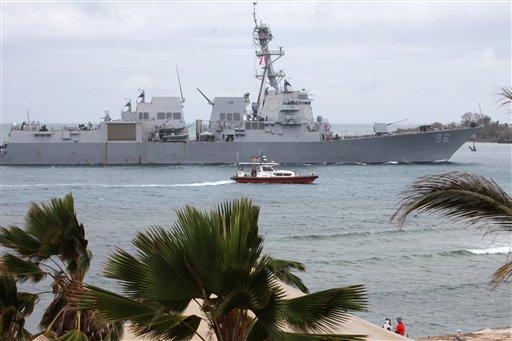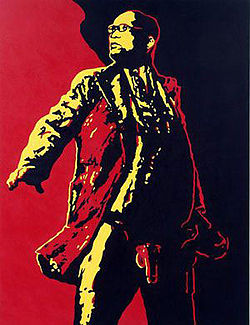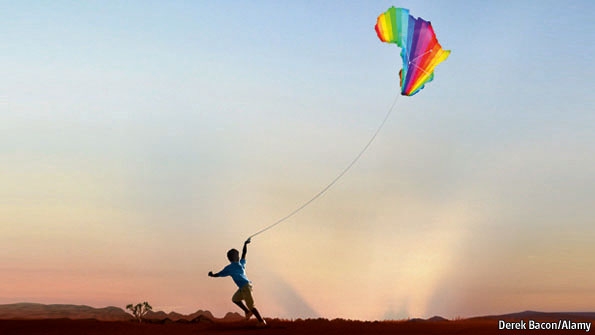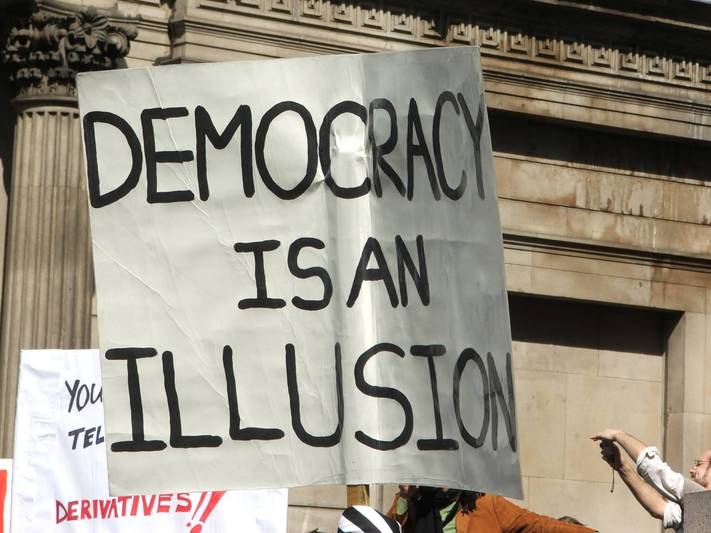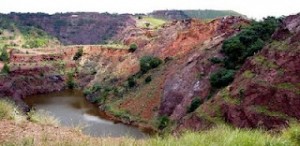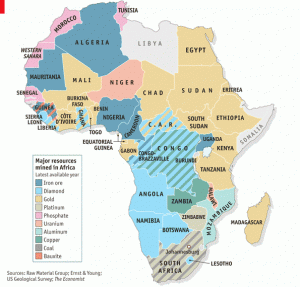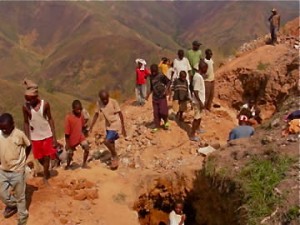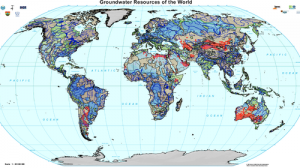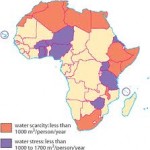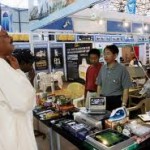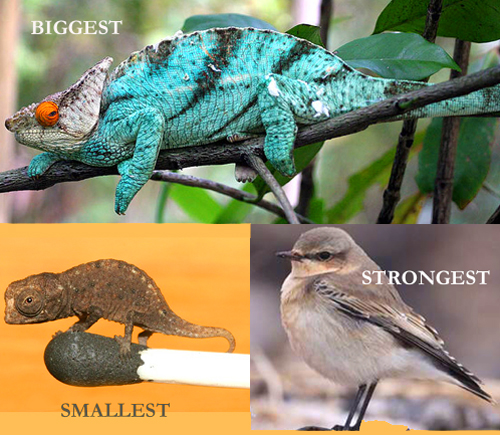By Conor Godfrey
I have the good fortune to be writing this from a stunning lodge in the town of Aguas Calientes just a few hundred meters below Machu Picchu.
For the last week Jim has led myself and 10 other souls on a trip through Peru and Bolivia that included a week in the dense jungles of the Amazon basin and a week in gorgeous Andean highlands of the former Quechua/Inca empire.
This is the second safari I have taken with Jim and Explorers World Travel (EWT), and the two experiences could not have been more different.
I thought I might compare the previous East Africa trip with this most recent experience for the benefit of anyone considering a guided trip.
Remember, these are simply my amateur comments as a consumer, and do not reflect the opinion of Jim or EWT. (Look here for the official descriptions.)
Most Safari goers are not professional botanists, anthropologists, geologists, or masters of some other sub-specialty that would skew their interests toward any one particular type of experience. (There is, however, a wonderful microbiologist on my current trip).
If you fall into the plurality of consumers that want a little natural history, some great flora and fauna, and luxury to wash it all down, then East Africa will meet and likely exceed your expectations.
On my East African safari spectacular game viewing was never more than twenty minutes away from any given lodge.
By the end of the Safari you might realistically be bored of elephants charging your car and giant crocs taking down wildebeest.
That being said, the emphasis in East Africa was squarely on the game viewing.
Amazonia and the Andean highlands offer a more holistic experience.
The variety of flora in the jungle is unparalleled, and your guides will bring each plant to life by tying it into the jungle tapestry – the fire tree hosts the fire ant, the papaya seeds kill stomach parasites, the giant termite nests provide homes for bats and birds, etc…
Both the jungle and the highlands also offer the more culture-minded traveler much food for thought.
I was shocked and intrigued by the cultural interplay between the mountains and the lowlands in Peru, and two short weeks were sufficient to give me a grounding in the Peruvian cultural dynamics.
Jim offers great cultural tidbits throughout the East African safari, but most of your mental energy will be devoted to understanding big cat behavior as opposed to delving into the East African cultural landscape.
The jungle is not deficient in charismatic game (especially not in birds), but it makes you work much harder to find it.
A fleeting glimpse of a Tapir, or, if you are lucky, a jaguar, will likely require a long trek through a humid jungle with mosquitoes nipping at any exposed skin and sweat soaking the ‘lightweight’ pants you bought before the trip.
If East Africa feels like a wild zoo, than the Amazon feels like a bona fide bush hunt.
The excitement does not come from overwhelming numbers of game, but from the thrill of tracking paw prints, listening to the Jungle, and using your newly learned jungle lore to track the elusive animals.
(There is still a cold beer at the end of your day to chase down the parasites you’ve acquired.)
This feeling extends to the jungle lodgings.
No amount of money is going to make your room totally impregnable to big spiders, or guarantee you hot water (as opposed to the opulent lodgings available in East Africa).
Trekking deep in the Amazon trades luxury for a unique learning experience; I think for some travelers the trade off would be well worth it.
My two cents: If you are unsure what you are looking for, and want to guarantee a fabulous, restorative vacation, go to East Africa with Jim.
The lodges and the big game will blow your mind.
If big game is not your end all and be all, or if luxury is not required for your personal brand of relaxation, then a joint Andes – Amazonia trip might be just the ticket.
Safari Njema!

